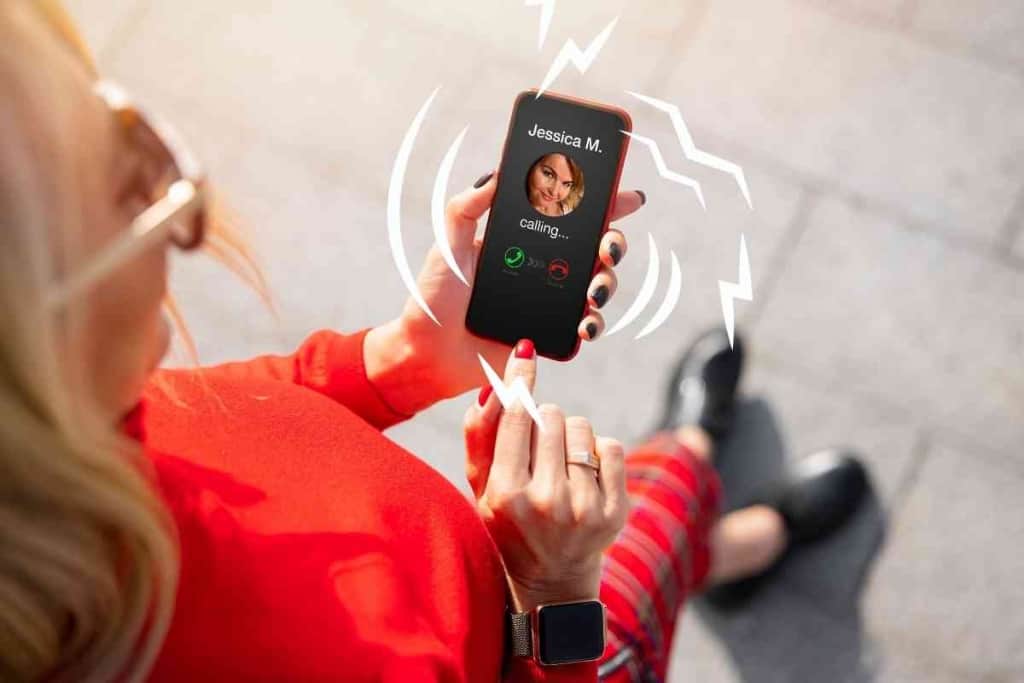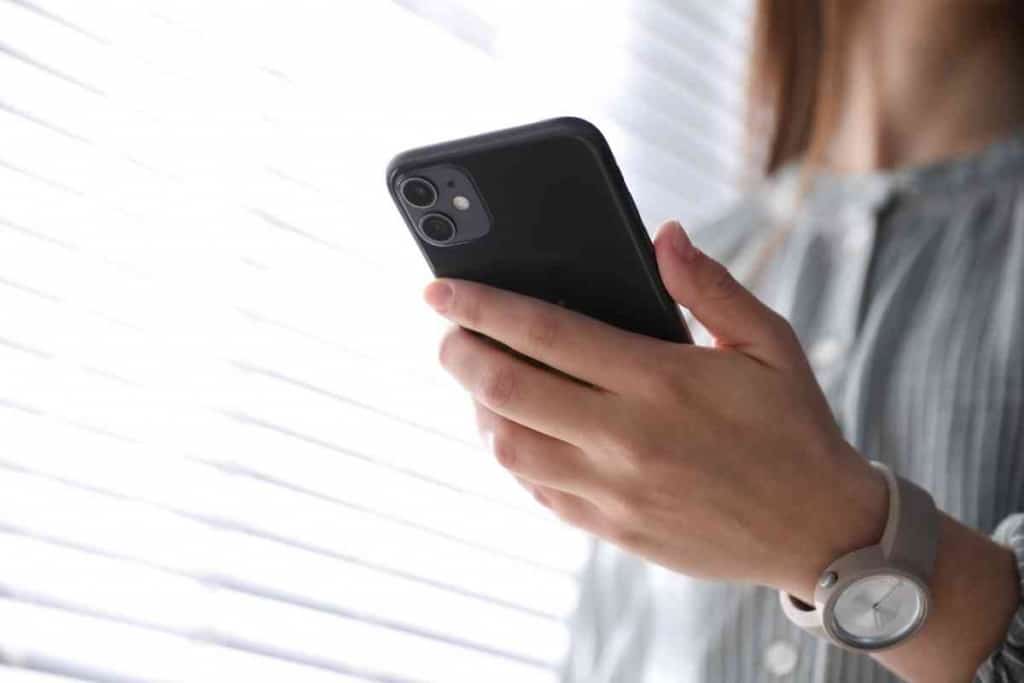How Do You Test The Vibration On Your iPhone?
If you’re having problems with your iPhone vibrating, or it’s not vibrating at all, then you may need to test the vibration function. This can be done by following a few simple steps, which we will outline in this post. So if you’re experiencing any issues with your phone’s vibration function, be sure to read on.

Table of Contents
How Do You Test The Vibration On Your iPhone?
If you find that your iPhone is not vibrating, make sure that the vibration setting is turned on in the Settings app and check if vibrations are disabled for any specific app. Or try restarting the device.
The iPhone has a built-in vibration motor that can be used to provide tactile feedback when an event occurs. For example, you may feel a vibration when you receive a text message or phone call. The strength of the vibration can be customized in the Settings app, and some apps may allow you to disable vibration entirely.
With a few simple steps, you can ensure that your iPhone is providing the desired level of tactile feedback.
Check if your iPhone is in silent mode
One of the most common reasons why an iPhone may not be vibrating is because it’s in silent mode. When Silent Mode is enabled, all sounds on your iPhone are disabled, including vibrations. To check if your iPhone is in Silent Mode, look for the moon icon in the upper-left corner of the screen.
If the icon is white, then Silent Mode is disabled, and your iPhone should vibrate as normal.
If the icon is gray, then Silent Mode is enabled, and you will need to disable it to regain vibration functionality.
Check the vibration setting in the Settings app
Another reason why your iPhone may not be vibrating is that the vibration setting is turned off in the Settings app.
To check this, open the Settings app and tap on “Sound.” Next, scroll down to the “Vibrate on Ring” setting and make sure it’s turned on.
If it’s not, then tap on the toggle switch to turn it on. Once you’ve done this, your iPhone should start vibrating when you receive a call or text message.
Check if vibrations are disabled for specific apps

Some apps may have their own setting to disable vibration. For example, you may have turned off vibrations for the Messages app to avoid being disturbed during meetings.
To check if an app has its own setting to disable vibration, open the app and look for a setting related to vibration.
For example, in the Messages app, you would tap on “Settings,” then “Notifications,” and then “Message Notifications.” From there, you would want to make sure that the “Allow Notifications” and “Sounds” settings are turned on.
Restart your iPhone
If you’ve tried all of the above steps and your iPhone still isn’t vibrating, then you may need to restart the device. To do this, press and hold down the “Sleep/Wake” button until the “Slide to Power Off” slider appears.
Once the slider appears, slide it to the right to power off your iPhone.
After your iPhone is turned off, press and hold down the “Sleep/Wake” button again until you see the Apple logo. Once you see the logo, release the button, and your iPhone will start up again. After restarting your iPhone, vibrations should work as normal.
If you’re still having trouble getting your iPhone to vibrate, then you may want to contact Apple Support for further assistance.
Update To The Latest iOS Version
One of the first things you should do when your iPhone isn’t vibrating is to update to the latest iOS version.
Apple often releases updates that include bug fixes and new features. Updating to the latest iOS version may fix the issue with your iPhone’s vibration.
To update to the latest iOS version, open the Settings app and tap on “General.” Next, tap on “Software Update.” If an update is available, tap on “Download and Install.”
Reset All Settings
If updating to the latest iOS version doesn’t fix the issue, then you can try resetting all settings.
This will reset all of your iPhone’s settings to their factory defaults. However, it’s important to note that this will not delete any of your data or settings. To reset all settings, open the Settings app and tap on “General.” Next, scroll down and tap on “Reset.” Then, tap on “Reset All Settings.”
Restore Your iPhone
If resetting all settings doesn’t fix the issue, then you can try restoring your iPhone. This will delete all of your data and settings from your iPhone.
However, you can always restore your data from a backup after the process is complete. To restore your iPhone, open the Settings app and tap on “General.” Next, scroll down and tap on “Reset.” Then, tap on “Erase All Content and Settings.”
After trying all of the above steps, your iPhone should start vibrating when you receive a call or text message.
If your iPhone still isn’t vibrating, then you may need to contact Apple Support for further assistance.
What is vibration testing and what are its uses
Vibration testing is a process of exciting a product or structure to identify any potential issues that could occur when the product is used in the field. This type of testing is important for ensuring products will perform as intended and not fail prematurely.
There are many different types of vibration tests that can be performed, depending on the needs of the product or structure being tested.
Some common vibration tests include:
- Sine vibration testing: This is the most basic type of vibration test and typically involves applying a sinusoidal force to the product. Sine vibration testing is often used to determine a product’s natural frequency.
- Random vibration testing: This type of test applies a random force to the product in order to simulate the type of vibrations that it would experience in the real world. This is important for identifying potential issues that could occur during use.
- Shock vibration testing: This type of test applies a sudden, high-force shock to the product in order to simulate what would happen if it was dropped or otherwise subject to a sudden impact.
Vibration testing is an important part of the product development process and can help ensure that products will perform as intended when they are used in the real world.